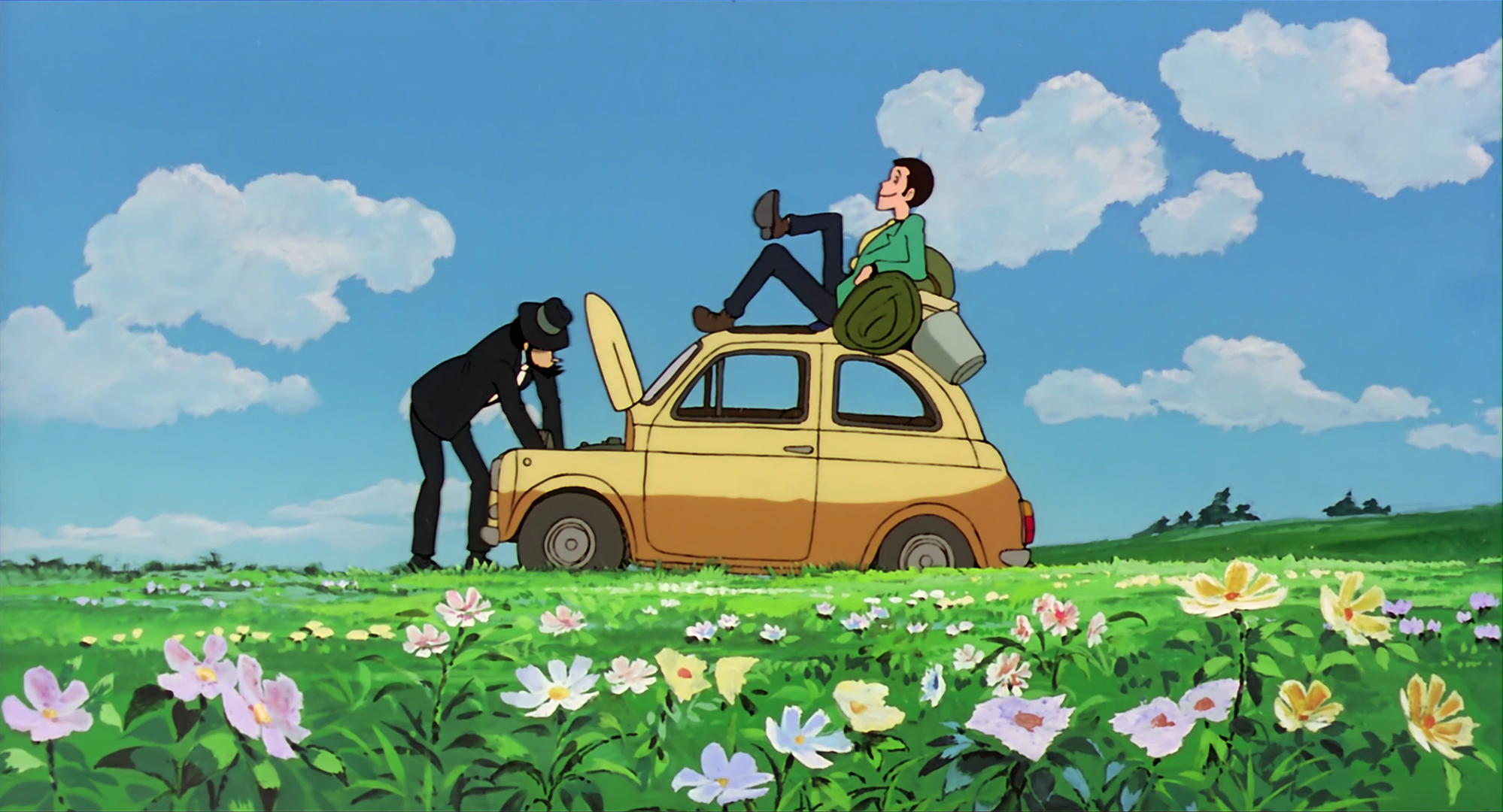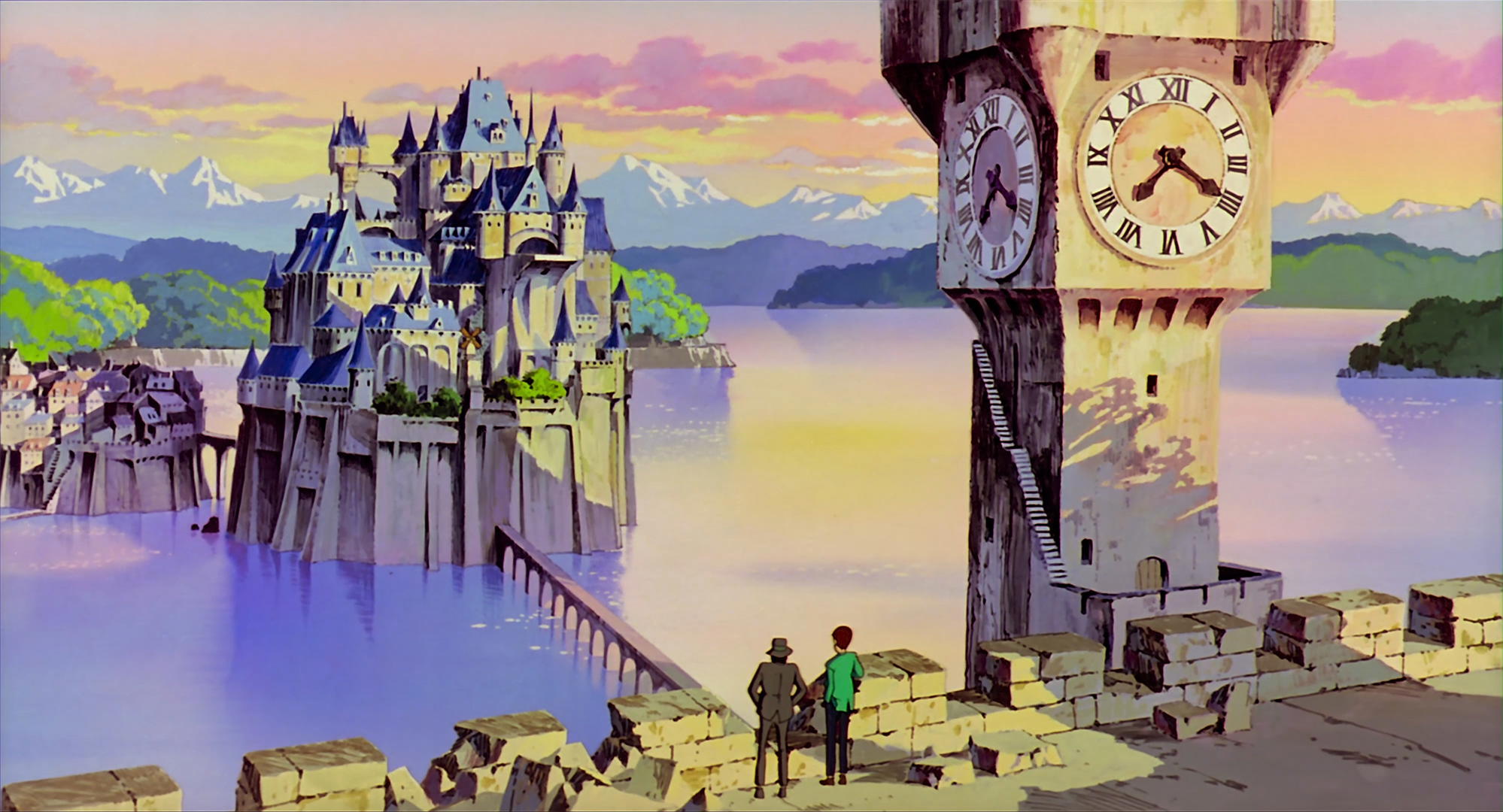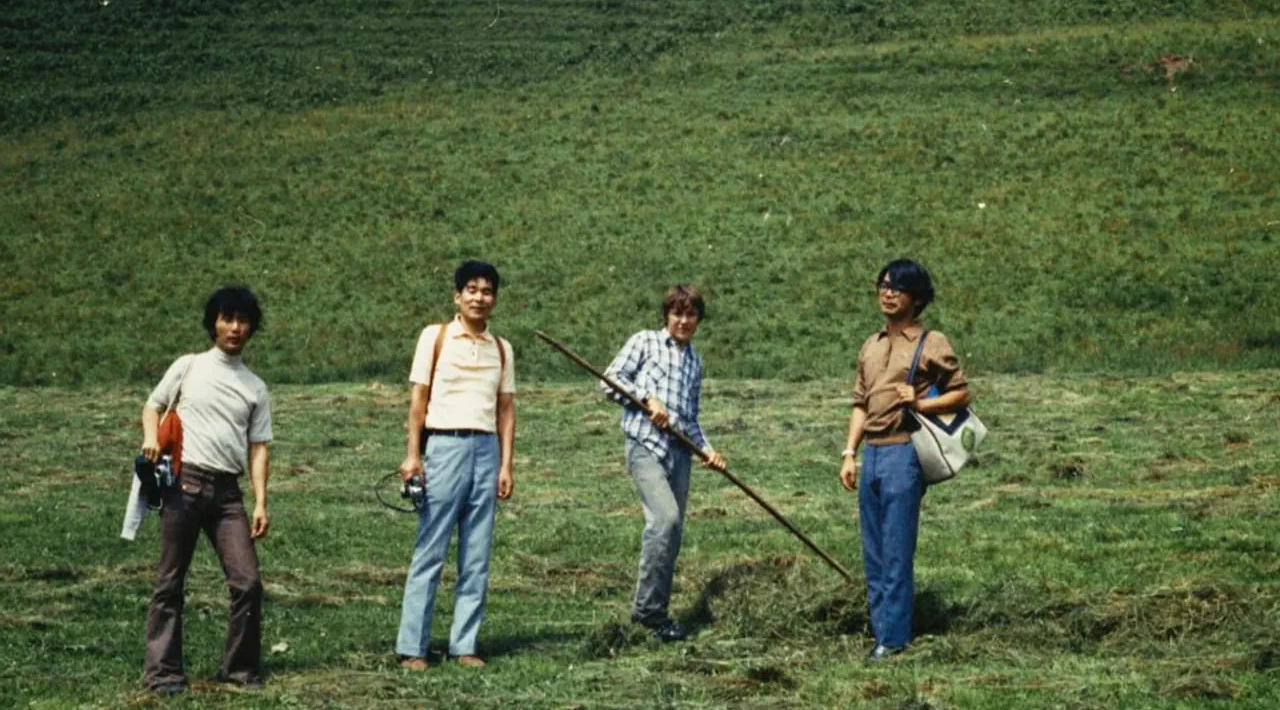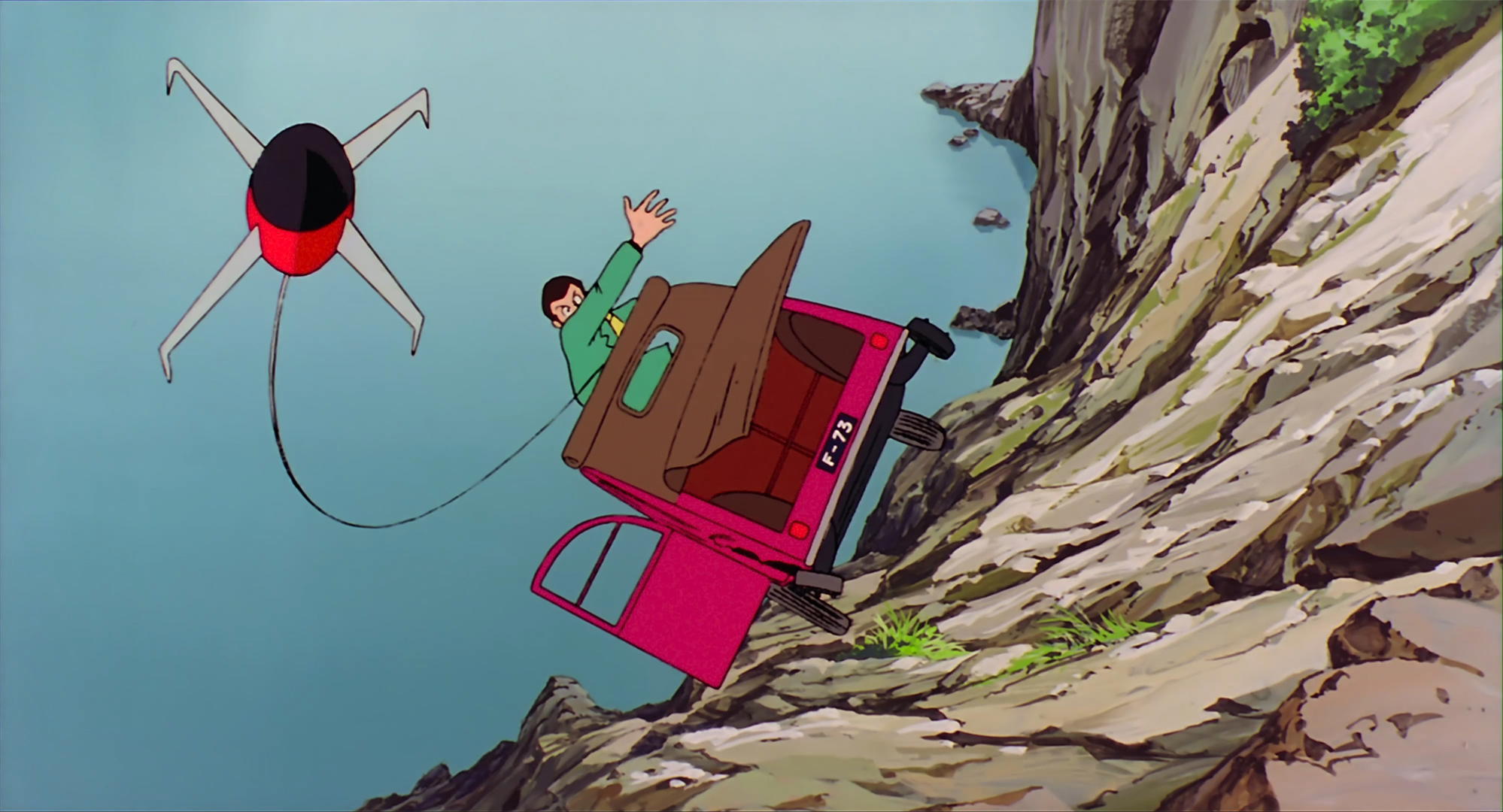The Almost Forgotten Swiss Miyazaki

On March 11, Hayao Miyazaki received his second Oscar for his touching coming-of-age fable *The Boy and the Heron*. However, the 82-year-old anime director did not attend the ceremony—officially because he avoids long travels at his age. But his absence likely had other reasons: rumor has it that Miyazaki is already working on his next film, even though *The Boy and the Heron*—just like his previous film *The Wind Rises* in 2013—was supposed to be his last work.
"I don't even try to discourage him," said Miyazaki’s producer Toshio Suzuki a few months ago in an interview with the French newspaper *Libération*, "even if he were to make a bad film." Because: "Nothing brings him as much joy in his life as his work." While the Japanese director sits back at his desk, brainstorming ideas that will eventually become his next "last" film, we now have the opportunity to revisit his past works.
THE WILD BEGINNINGS
Yet, among all the best-of lists and Miyazaki retrospectives, one film is often forgotten: *The Castle of Cagliostro* from 1979, the director’s first anime, which was not yet part of Miyazaki’s renowned Studio Ghibli—the studio with which he later created classics like *My Neighbor Totoro*, *Princess Mononoke*, or *Spirited Away*.
That *The Castle of Cagliostro* is often overlooked is particularly unfortunate for us Swiss: on one hand, it’s a fantastic and probably the quirkiest film by the director—on the other hand, it is precisely the film where Miyazaki's fascination for Switzerland and its landscapes shines through most clearly.

Luckily, there is a chance to make up for this oversight. On May 30, almost exactly 45 years after its original release, *The Castle of Cagliostro* will return to cinemas in a newly restored version. In collaboration with the Film Distribution Group, THE ONES WE LOVE is presenting preview screenings of this cult masterpiece on May 22, 28, and 29—offering a glimpse into the wild beginnings of Hayao Miyazaki. See all preview screenings
MIYAZAKI’S JOURNEY TO SWITZERLAND
By 1979, the then 37-year-old director had primarily made a name for himself through his work on anime series like *Heidi* or *Lupin III*. The latter, an adaptation of the popular manga series from the 1960s, tells the story of Arsène Lupin III, the grandson of the famous master thief of the same name. Like his ancestor, the young Lupin is a highly skilled trickster.
The anime series, co-directed by Miyazaki alongside his future Ghibli partner Isao Takahata, was a huge success. So much so that the studio behind the production wanted to conquer the cinema market. In 1978, the fairly successful *The Mystery of Momo* was released, and just a year later, Hayao Miyazaki was finally given the opportunity to make his feature film debut with the sequel *The Castle of Cagliostro*. The anime, for which Miyazaki also wrote the script, sends the master thief to the fictional Alpine state of Cagliostro, where he takes on a counterfeiting ring and must also rescue a princess (which can be forgiven considering the much stronger female characters in Miyazaki’s later films).

The fact that the film’s setting resembles Switzerland is no coincidence: in 1973, Miyazaki traveled to Switzerland for research on the animated *Heidi* series together with Isao Takahata, who directed the series, and character designer Yōichi Kotabe.
During their journey through Switzerland, they gathered countless impressions that not only influenced *Heidi* but can also be felt throughout Miyazaki’s later works—most notably in *The Castle of Cagliostro*, whose fictional Alpine principality seems heavily inspired by Switzerland.

Just like the coastal town in *Kiki’s Delivery Service* (1989), which is a romanticized version of the original, the somewhat overly idyllic Cagliostro-Switzerland with its green meadows and crystal-clear mountain lakes clearly reflects Miyazaki’s tourist’s perspective. But when everything looks as enchanting and captivating as in *The Castle of Cagliostro*, one can hardly blame the anime master.
GOODBYE TO HITLER’S FAVORITE CAR
It is also striking how boldly Miyazaki puts his own stamp on the anime—his very first film and an entry into an already established franchise. The reckless, cynical Lupin, who in the series at times preferred a particular car because it was ‘Hitler’s favorite car,’ becomes, in Miyazaki’s hands, an equally suave yet clumsy charmer. The James Bond-like elements of the original series are also toned down, with *The Castle of Cagliostro* injecting more humor and lightness into the Lupin universe.
A lovable rogue with a heart of gold: in this way, Lupin serves as a blueprint for many of Miyazaki’s later (anti-)heroes, such as the titular pig pilot in *Porco Rosso* or the Heron Man in *The Boy and the Heron*. Many of the themes that would later define Miyazaki’s films—technology versus nature, independent princesses, and the European setting—are already present in *The Castle of Cagliostro*.

*The Castle of Cagliostro* stands out with its lightheartedness and humor, which set it apart from Miyazaki’s later works. Though he never entirely lost his penchant for mischief—one need only think of the budgerigars in *The Boy and the Heron*—his later films became more restrained. In his debut, however, this restraint is absent—and that’s wonderful. With its stunning visuals, lovable characters, and gripping music, the eccentric *The Castle of Cagliostro* is a Miyazaki film that must be seen.
Is your favorite film missing? Suggest it here and become the godfather of the film!